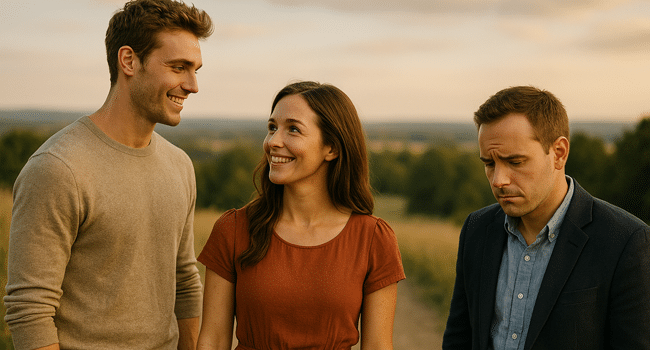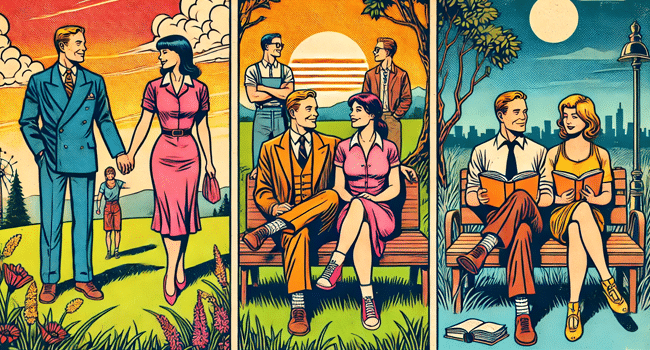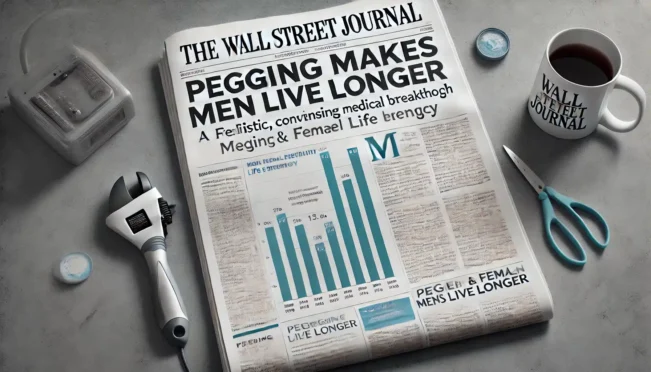Many women are already embracing polyandry in a modern, independent way, choosing to date multiple men separately rather than forming a single household or traditional family unit. Instead of feeling pressured to “choose” one partner, they are opting for parallel polyamory, where each relationship exists independently, or kitchen table polyamory, where partners are at least friendly but not necessarily entangled. This is the second part of a blog about the rise of polyandry in modern marriages. If you haven't read the first part, I'd suggest that you start there.
This shift reflects a growing awareness among women that different partners can fulfill different emotional, intellectual, and physical needs—without the expectation of exclusivity or cohabitation. By prioritizing autonomy, these women maintain their own spaces, financial independence, and personal freedom while cultivating meaningful relationships that align with their desires.
We are witnessing a rise in this form of polyamory as more women feel empowered to identify and advocate for their unique relationship needs. The outdated notion that love must be confined to a single, lifelong partner is giving way to a more fluid, personalized approach to romance. With increasing societal acceptance and open conversations about ethical non-monogamy, women are carving out relationships on their terms—seeking multiple committed connections without sacrificing their independence. Rather than settling for a one-size-fits-all relationship, they are curating fulfilling dynamics with partners who complement different aspects of their lives, proving that love and commitment don’t have to follow a singular script.
Being in a polyandrous relationship with Kev and Erik has been one of the most fulfilling and exciting experiences of my life. The balance of love, attention, and support I receive from both of them makes me feel cherished in a way that a traditional relationship never could. There’s a natural and healthy competition between them, which keeps things fresh and exciting in our dynamic.
It’s not about jealousy—it’s about both of them valuing me, showing up for me, and ensuring that I’m taken care of emotionally, sexually, and domestically. I do feel shared and I love feeling like a shared, appreciated part of the relationship rather than being the sole giver, and I thrive in this environment where both of my partners actively contribute to my happiness.
Being in a polyandrous relationship has opened up an entirely new realm of sexual freedom for me. I find myself exponentially more horny and sexually fulfilled because the dynamic allows me to explore different kinds of intimacy and pleasure. If I’m not feeling particularly attracted to one partner at a certain moment, I’m often drawn to the other, which keeps the passion and excitement alive.…





















